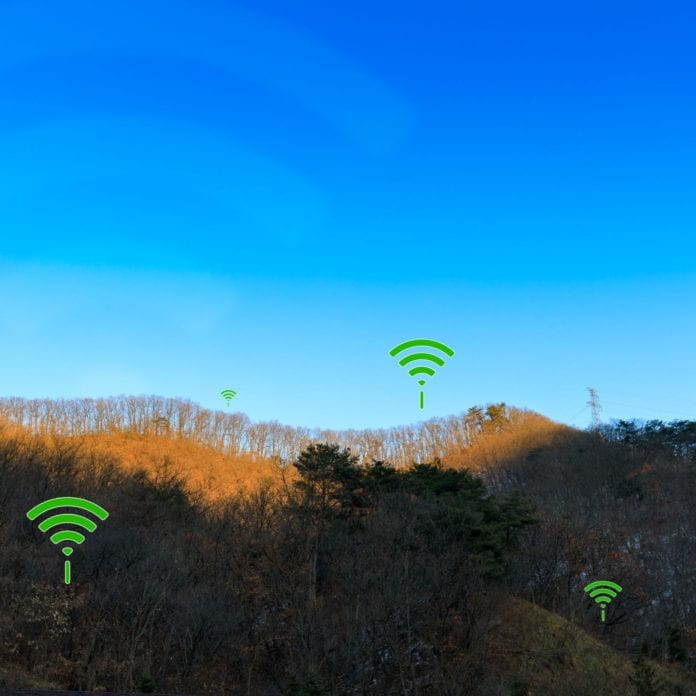Cambium Networks sees 6 GHz and 60 GHz as WISP growth drivers
In 2017, we were seeking an independent view on the trends taking place in the global ISP industry and concluded no such assessment existed – which led to our first global industry survey. Four years later, we are still at it and have just completed our fourth-annual survey and analysis. “Vibrant and thriving” is the executive summary of the 2020 survey, but the trend analysis over four years of the 42 vendor neutral questions is interesting and provides insight to the state of the industry.
One of the most surprising results from this year’s survey came in the face of COVID – overall optimism is at an all-time high with 77% of respondents expressing optimism. I believe this reflects the market’s recognition on the criticality of broadband access during the pandemic and the embracing of fixed wireless broadband to provide it. However, looking at the trend it is not overly surprising with 66%, 70%, and 61% the prior three years. The concern coming out of the 2019 cycle was the decided dip in confidence and whether that was an anomaly. The strong response in 2020 suggests that it is, and the 2021 result will add depth to the trend.
What I find most compelling about the WISP industry the world over is the individual WISP’s entrepreneurial spirit. That spirit is reflected in the survey in the expansion of services the WISPs are offering. WISPs are expanding into managed Wi-Fi, providing IT support services, operating CCTV networks on behalf of commercial enterprises and local governments, and other services that leverage their technical expertise. We also see evidence of new WISPs forming to meet their community’s unmet internet access needs and launching with tens of customers, with aspirations of tens of thousands of subscribers – the entrepreneurial spirit is alive and well within the WISP Community!
You can read more about the survey results here, but I wanted to predict a couple of results from next year’s survey.
First, with the advent of 60 GHz solutions using 802.11ay, we will see a greater percentage of WISPs engaging in urban and suburban markets, competing directly with DOCSIS and Fiber networks.
Second, with the global opening of 6 GHz in 2021, we will see service levels expand and the concern over available spectrum diminish.
Third, we will see WISPs more aggressively offer in home managed Wi-Fi services that include comprehensive coverage within the home.

